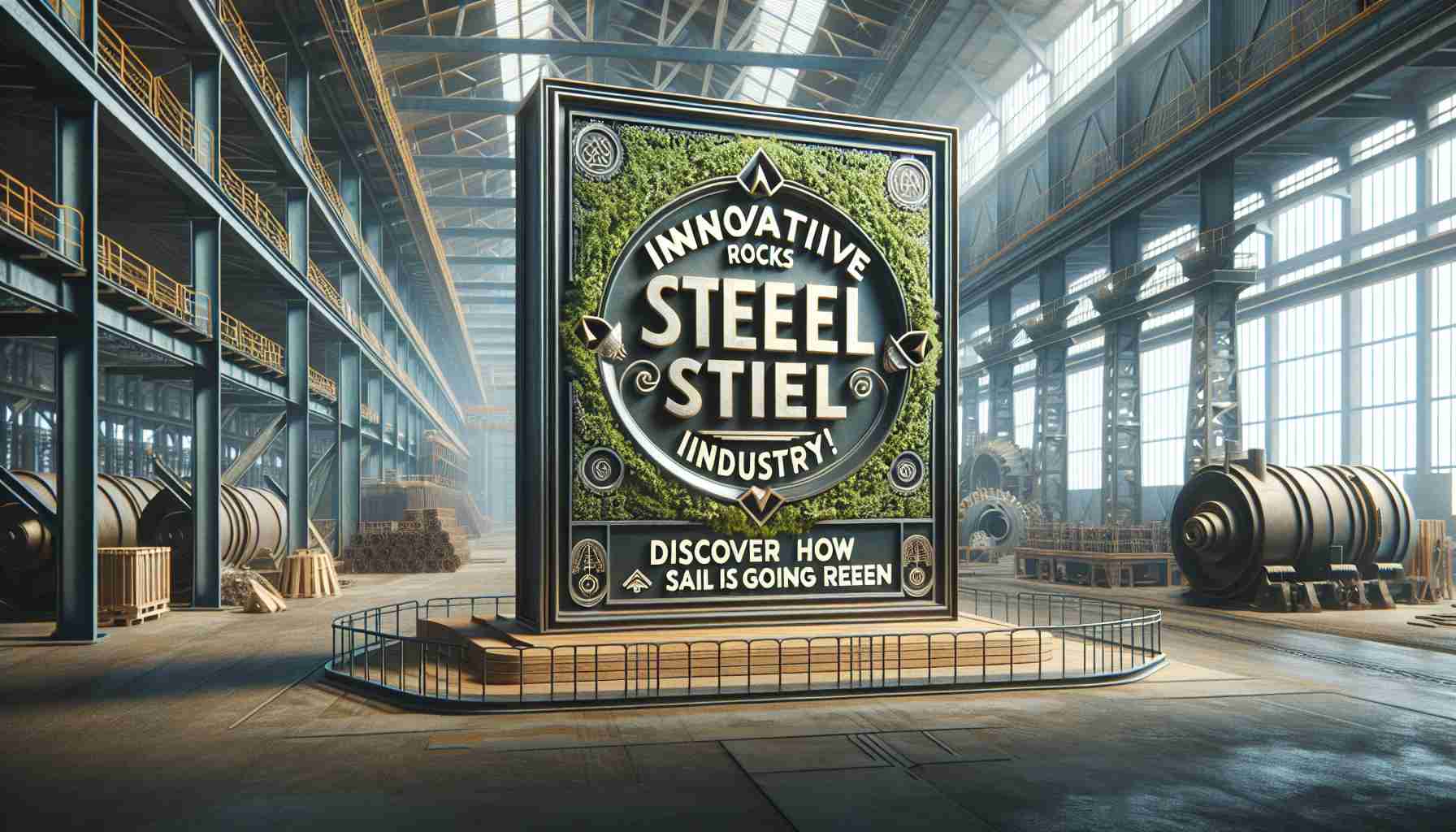India’s primary steel manufacturer, the Steel Authority of India Ltd (SAIL), has announced an exciting collaboration with the Indian division of the John Cockerill Group. This strategic partnership signifies a major shift towards eco-friendly steelmaking practices. As a Maharatna company, SAIL is determined to integrate cutting-edge technologies that promise to revolutionize traditional production methods.
Leading the Green Revolution
SAIL’s vision centers on incorporating green technologies to advance sustainability and efficiency within its operations. The collaboration aims to enhance cold rolling processes for carbon and silicon steels, particularly focusing on CRGO and CRNO varieties. By investing in innovative approaches, SAIL is setting a new standard for reduced carbon emissions, aligning its strategies with emerging market demands for sustainable practices.
Pioneering Sustainable Solutions
The importance of this partnership is underscored as it ventures to transform the Indian steel industry into a beacon of sustainable manufacturing. The John Cockerill Group is poised to bring its world-class technology to the table, facilitating a notable decrease in environmental impacts associated with steel production. The endeavor not only expects to boost production efficiency but also bolster India’s position as a global leader in green steelmaking.
This collaboration represents a unified commitment to overcoming environmental challenges, promising significant contributions to a more sustainable future while reinforcing the competitive edge of India’s steel industry on the international stage.
Innovative Steelmaking: Can Green Technologies Shape the Future?
As the world grapples with the consequences of climate change, industries across the globe are striving to adopt more sustainable and environmentally friendly practices. A recent collaboration between India’s Steel Authority of India Ltd (SAIL) and the John Cockerill Group sheds light on how traditional sectors are being revolutionized by cutting-edge green technologies, potentially influencing the future of humanity and contributing to the rise of new technologies.
Unexpected Benefits and Hidden Challenges
While the partnership aims at leveraging green technologies to transform the steel industry, it also brings up several interesting questions about the broader implications of such initiatives. How will this shift impact technological development, and what controversies might arise?
On the positive side, implementing sustainable practices can lead to a significant reduction in carbon emissions, benefiting the environment and aligning with global efforts to combat climate change. It also confers a competitive advantage, positioning India as a leader in green steel production. However, there are always challenges to face. Transitioning from traditional methods to innovative ones often requires substantial investments, and there could be initial resistance from industries worried about potential disruptions and cost implications.
Technological Innovation at the Core
One lesser-known factor in this revolution is the facilitation of enhanced cold rolling processes for carbon and silicon steels. This technological innovation is not only pivotal in reducing emissions but also serves as a stepping stone toward integrating more advanced, automated solutions across industrial operations.
Moreover, the collaboration emphasizes the need for continuous research and development. Investing in technologies that make production efficient yet sustainable can drive progress in other sectors, encouraging a domino effect of innovation.
Controversies on the Horizon?
Despite the advantageous prospects, debates often arise over the true environmental benefits versus the costs involved in implementing these technologies. Critics argue that while the reduction in emissions is beneficial, the initial carbon footprint of developing new technologies and processes may offset these gains in the short term.
Furthermore, how will these advancements affect labor markets? As production becomes more efficient and technology-driven, there may be a significant shift in workforce dynamics within the industry. This raises questions about job security and the need for skill development among existing employees.
The Bigger Picture
The journey toward achieving a more eco-friendly industrial sector holds promises that extend beyond the immediate industry. Green technologies developed for steelmaking can inspire advancements in other fields, from energy production to transportation, spurring innovation and sustainable growth worldwide.
Future Prospects
As more industries follow suit, embracing green technologies will likely become the norm rather than the exception. Will this transformation lead to a domino effect, challenging other sectors to innovate sustainably? It remains to be seen, but the current trajectory appears promising.
For more information on environmentally conscious business practices, visit Steel Authority of India Ltd and John Cockerill Group.
This venture signifies an important step forward in balancing industrial growth with environmental responsibility, showcasing the potential of new technology in resolving global environmental challenges.
